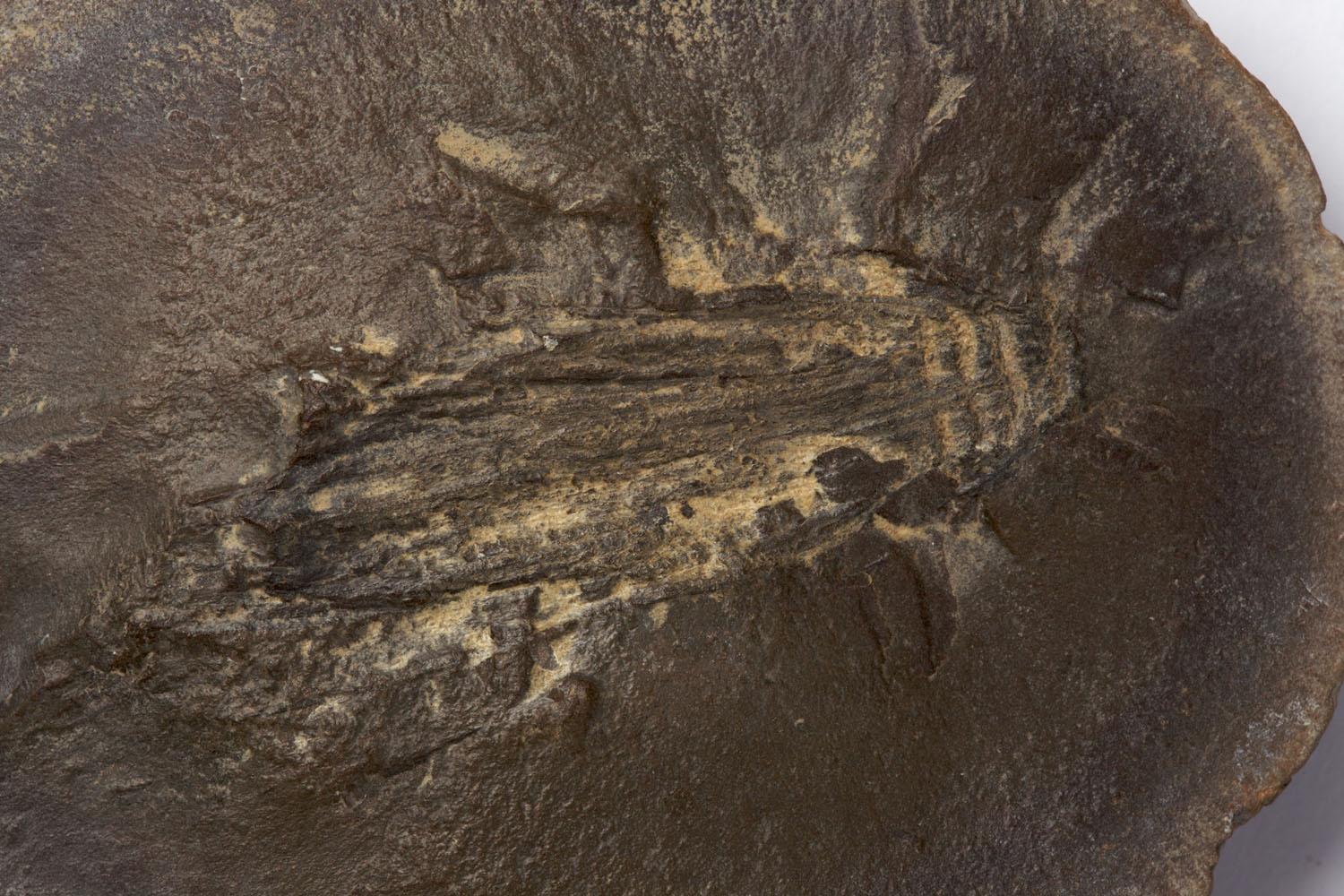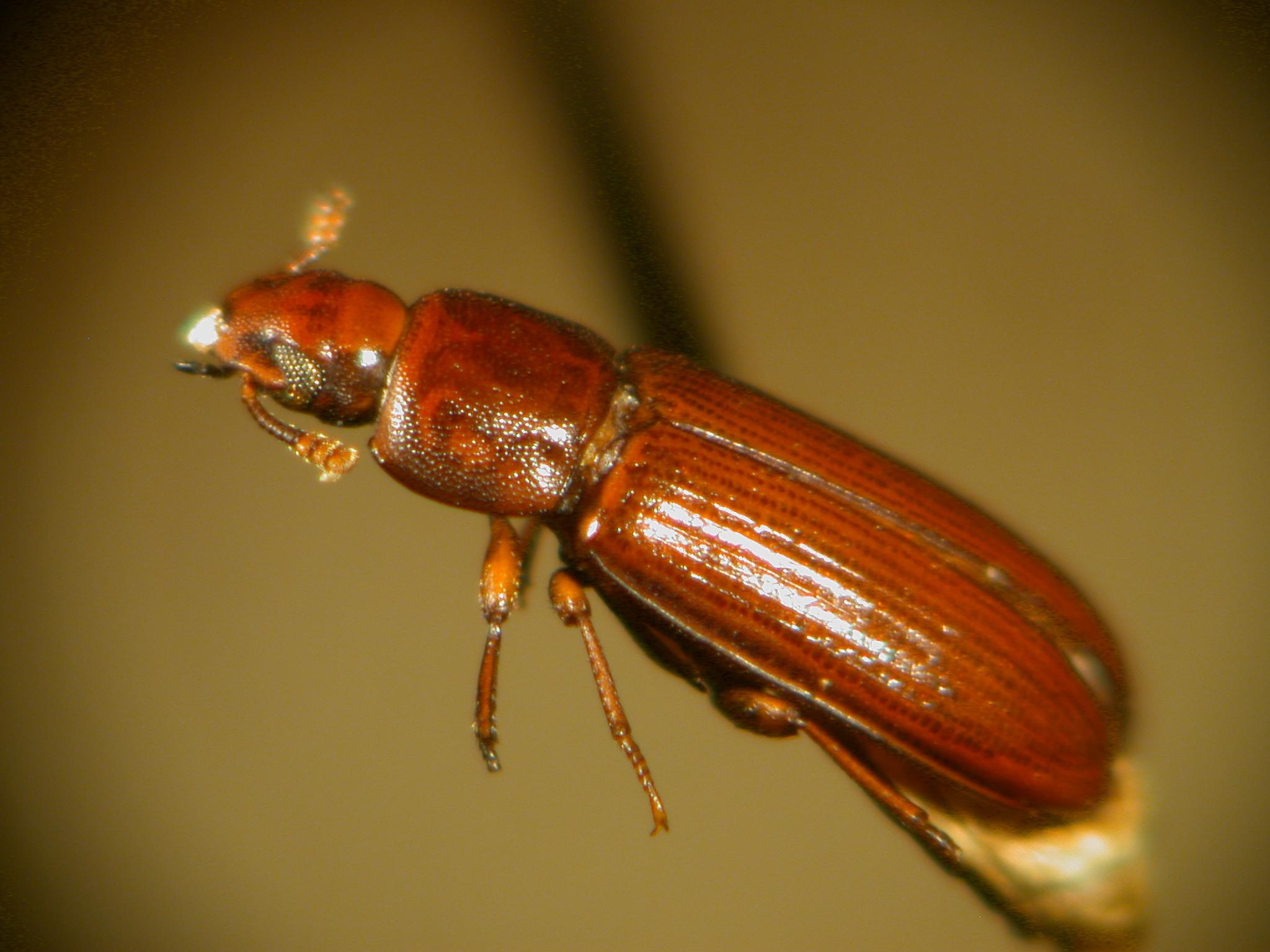Unlocking the mystery of how insects got their wings
Hundreds of millions of years ago, two tissues fused to form wings on ancient beetles, according to the findings of a genetic experiment

Your support helps us to tell the story
From reproductive rights to climate change to Big Tech, The Independent is on the ground when the story is developing. Whether it's investigating the financials of Elon Musk's pro-Trump PAC or producing our latest documentary, 'The A Word', which shines a light on the American women fighting for reproductive rights, we know how important it is to parse out the facts from the messaging.
At such a critical moment in US history, we need reporters on the ground. Your donation allows us to keep sending journalists to speak to both sides of the story.
The Independent is trusted by Americans across the entire political spectrum. And unlike many other quality news outlets, we choose not to lock Americans out of our reporting and analysis with paywalls. We believe quality journalism should be available to everyone, paid for by those who can afford it.
Your support makes all the difference.Beetle wings are often hidden. Nestled behind armoured shields on the beetle’s back, they unfurl in whirring sheets, whisking their clumsy owners from danger. Beetles don’t have more than two sets of wings – unless they’re in Yoshinori Tomoyasu’s lab.
In research recently published in the Proceedings of the National Academy of Sciences, Tomoyasu and his co-author, David Linz, genetically engineered beetle larvae with wings on their abdomens, part of an attempt to unpack one of evolution’s greatest mysteries: how insects gained the ability to fly.
Insects took to the empty skies sometime between 300 million and 360 million years ago, long before birds, bats or pterosaurs. Wings allowed them to conquer new habitats and ecological niches, and insecta quickly established themselves as one of the most diverse and successful animal classes, a position they still hold today.
The vast majority of living insects either have wings or evolved from flying ancestors, says Linz, an evolutionary biologist now at Indiana University.
“When the average person thinks about an insect wing, they think about a dragonfly – these two pairs of really pretty, long wings,” he says. “But it’s different in different lineages. When you see a dung beetle flying around, it’s like a bomber coming at you. Which is terrifying, or beautiful, depending on how you look at it.”
There’s a frustrating lack of fossil evidence from the period when insect flight evolved, says Tomoyasu, an evolutionary biologist at Miami University.
“There’s as much variety in origin ideas for insect wings as in insect wings themselves,” he says. “With the flight wing in vertebrates, there’s a clear origin.” But insect wings evolved so long ago, he adds, “it’s hard to tell what happened”.
That hasn’t stopped researchers from trying to figure it out. According to Floyd Shockley, an entomologist at the Smithsonian’s National Museum of Natural History, there have long been two competing hypotheses.
The “tergal hypothesis” suggests that wings originated on the tergum – the top of the insect body wall – perhaps as gliding membranes. The “pleural hypothesis” argues that wings were created from ancient leg segments that merged with the body before ending up on the back.
The rise of evolutionary developmental biology, along with advances in genetics, has lent weight to a third possibility, Linz says.
Originally proposed in 1974, the “dual origin” hypothesis suggests that insect wings actually began with a fusion of the two separate tissues: the dorsal body wall provided the membrane, while its articulation arose from leg segments.

This sort of evolutionary fusion sounds bizarre, Linz says, but there is some precedent. The ancient ancestors of insects probably had relatively symmetrical body segments, each with a pair of legs. These segments have become modified over the millenniums in wildly different ways. In some insects, legs have been lost in the abdomen; in others they have moved to the head, becoming antennas.
Tomoyasu and Linz worked with Tribolium, or flour beetles, a common subject because of its fully sequenced genome. The beetles don’t fly well, Linz says, and are easy to keep in a laboratory.
In an initial study, the team used master switches in the beetles’ genome to manipulate which segments of the body had wings. To their surprise, doing so disrupted portions of anatomy that had seemed unconnected to flight.
This offered some support for the idea that wings were composite tissues. But how might the ancestral wing structures have formed?
The researchers turned their attention to the pupae, which have defensive sets of miniature pincers along their abdomens. These “gin-traps” sit near the top of the insect, which make them likely models for early wing structures.
To add support for the dual origin hypothesis, Linz says, evolution would have had to fuse a structure on the dorsal region of the segment and one from the pleural tissue.
The team introduced a fluorescent green protein into the beetles that marked the expression of certain wing-related genes, making it easy to tell which tissues were being affected by genetic tampering. After manipulating genes of the abdomen, they were delighted to see two green tissues: one at the dorsal gin-trap, and one down in the pleural tissue.
And by doing so, they were able to produce pupae in which both tissues fused to form pairs of tiny wings.
“They’re obviously very, very sick, because that’s not how they normally develop,” Linz says. “They frequently just die, so sadly I was never able to produce an adult beetle with 10 pairs of wings.”
While he found the study interesting, Shockley says the idea that embryonic or larvae development is like a fast-forwarding tape of prior evolutionary modifications has largely been discredited.
Still, he acknowledges that manipulating gene expression is useful for trying to piece together details of structures that are hard to visualise.
“I would like to see if they could get a third pair of wings to express,” Shockley says. “There’s been additional debate about whether proto-insects would have actually had three pairs of wings and then lost the first pair, perhaps to deal with aerodynamic instability from three sets of wings beating instead of just two.”
The debate about how insect wings evolved is far from over, according to Tomoyasu. “We’re still relying on one species,” he says. “Although we see that there are two tissues that are contributing to make wings, that could be unique to this lineage.”
“It’s crucial for us to study more insects,” he adds. “In my lab, we’re now studying cockroaches and some crustaceans to see if the process repeats the same way.”
In the meantime, he holds out a bit of hope that the fossil record someday might help solve the mystery.
“We are very confident about our analyses, but it’s a prediction,” he says. “It would be very cool to actually see the shape of an ancestral insect.”
© New York Times
Join our commenting forum
Join thought-provoking conversations, follow other Independent readers and see their replies
Comments